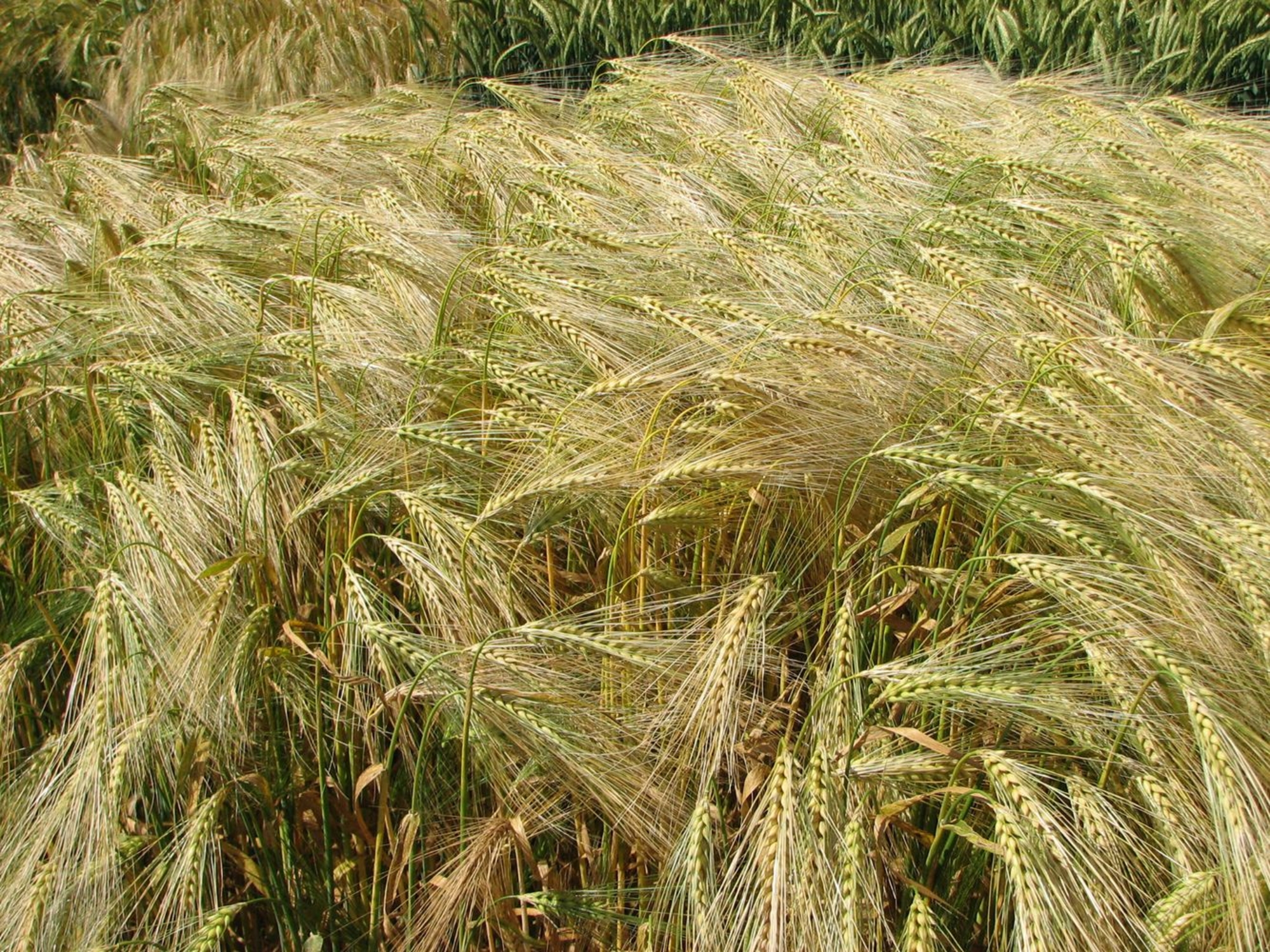
In about 70 BC the first, very large, series of minted bronze coins appeared. These fine and slightly concave coins bore an inscription which was hard to decipher: "CALOY". These were followed in about 60/52 BC by the famous coin with three male profiles on one side and a biga (chariot) on the other. It bears the inscription Remo/Remo, leaving no doubt that it was part of the Remi's coinage. A later coin has the inscription Atisios Remo, the name of a noble from the oppidum at Château-Porcien in about 40/30 BC.
The question of when gold coins first appeared is still a matter of dispute. Logically, the first ones could not have been struck before the early 1st century BC. The Remi issued several series of staters showing an outsized eye, an extreme stylisation of a Tarentin stater with the head of Hera. The latest examples of these gold coins bear the name of two men, probably nobles, "VOCARANT" and "LVCOTIOS". We also know the divisions of these staters, small coins with a motif composed of three arcs of a circle, made of gold, base gold, gold-plated bronze and even bronze.




